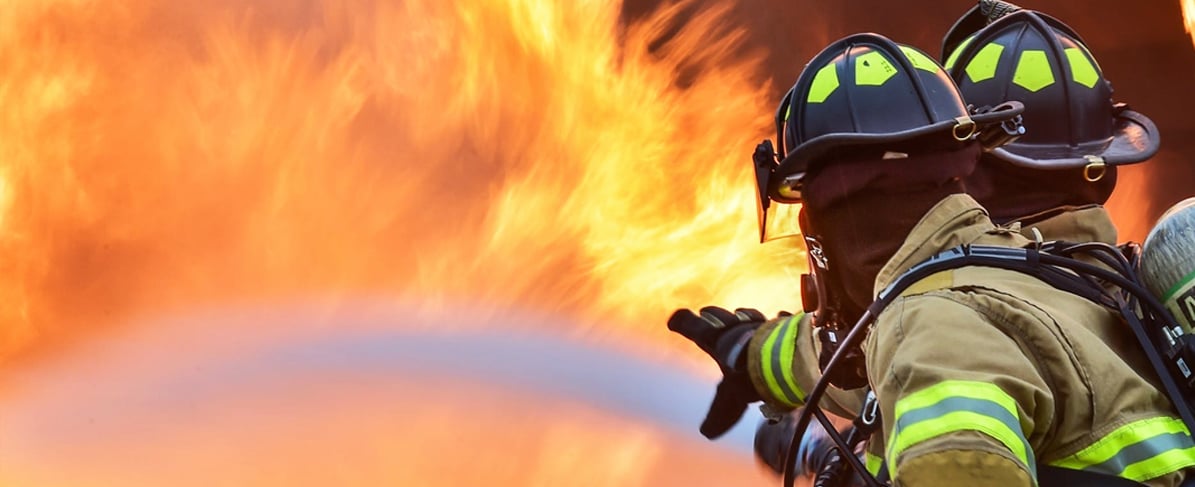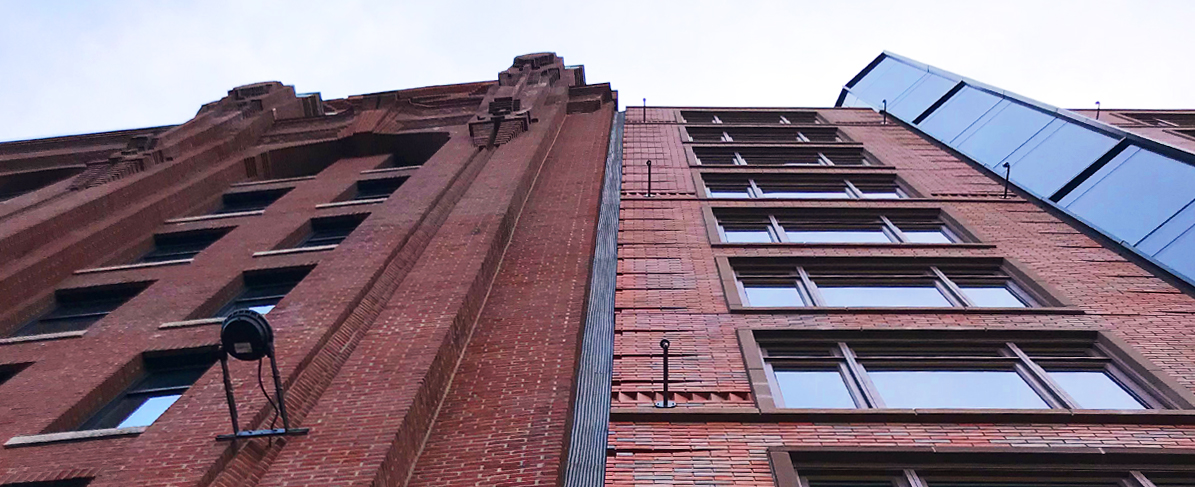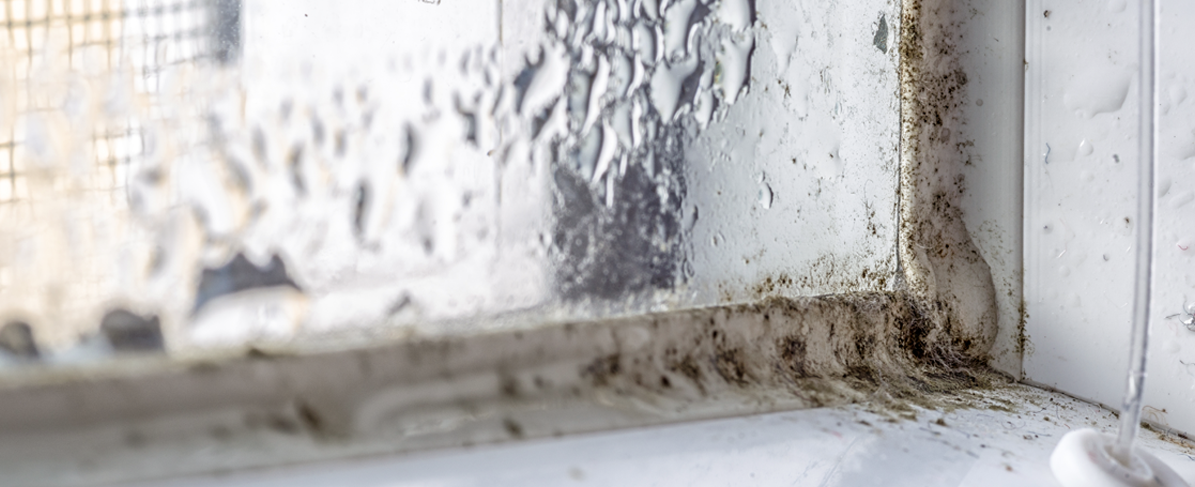As the trend toward multi-use construction rises, parking garages, shopping centers, restaurants, offices and apartments now frequently share the same structure. Each stakeholder has unique needs and challenges, so how does a design/build team adequately protect the multiple occupancies from the spread of fire and everyday air movement, sound transmission and water intrusion?
By using high-performance firestopping products in tested systems, builders can protect their property from interior and exterior sources of damage and mitigate risk of lost revenue, callbacks, and wasted energy costs. Effective firestopping also has secondary benefits for mixed-use structures such as preventing the transmission of sound and odors between units which prevents occupant complaints. Here's a look at how these systems' features and limitations.
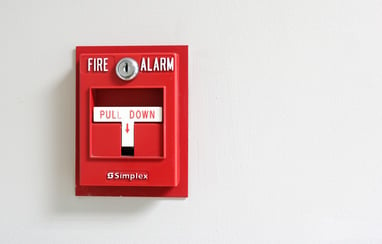 Fire Detection to Minimize Threats
Fire Detection to Minimize Threats
Most people in the construction, design and build industry recognize the importance fire protection plays in preservation of life and safety. Utilizing a combination of active fire protection (AFP), detection and passive fire protection (PFP) will offer greater containment and additional time for local fire crews to get on site and extinguish a fire.
At the onset of a fire, AFP alone will only do so much. Sprinkler systems provide water to absorb heat and hopefully extinguish the fire. Alarms notify the building occupants and first responders of an emergency through detectors or manual pull stations. Active fire protection clearly has its limitations as they are a mechanical system that can fail. These sprinklers may not always extinguish the fire fully and do not control the migration of hot smoke and gases. Fire alarms simply notify the occupants and the first responders and are dependent on a source of power, proper maintenance, and connectivity to the emergency response network.
Protection through Compartmentation
Passive fire protection (PFP), on the other hand, segments a structure and includes fire-rated walls, floor/ceiling assemblies, and firestopping accessories such as a sealants, intumescents and some type of mineral wool or fire blanket. If ignition occurs, the primary goal of PFP is to contain the hot smoke, toxic gases, and flames to the area of origin. PFP products are rigorously tested to different fire protection test standards within rated assemblies to demonstrate performance under fire conditions.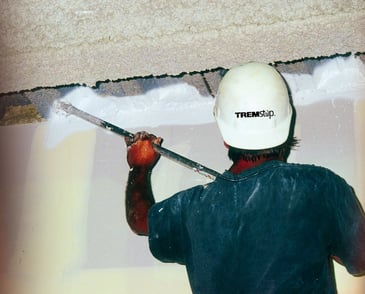
Just using the best firestop products does not guarantee the system will perform under fire conditions. It’s imperative that the proper products are used in the appropriate amounts, with compatible substrates, and for the maximum/minimum annular space and joint width, as specified by the manufacturer, to ensure the performance levels that they’ve been tested and verified to achieve.
Although PFP does not actively extinguish the fire or announce an emergency, it remains a critical part of protecting the building from the threat of fire. It limits the ability of the fire and smoke to spread, thus maintaining visibility, breathability and the integrity of the structure, giving occupants added time to evacuate.
Secondary Benefits of Passive Fire Protection
While a firestop system is not tested daily by fire in a building structure, it is routinely tested by air movement, sound transmission, and water intrusion. In fact, passive fire protection has significant secondary attributes that allow it to do far more than just resist the passage of flames, hot smoke and toxic gases.
Many contractors do not realize that a standard firestop system is solely based on the prevention of flames passing through an assembly for a period of one to four hours. The burn test alone does not test for the leakage of air or smoke that is not super-heated. Yet, the International Code Council (ICC) code definitions require that smoke barriers and smoke partitions have air leakage limits that often go unnoticed during construction.
Below are three ratings that can help gauge various systems' performance levels. Contact the manufacturer or testing lab to determine a system's ratings. Underwriters Laboratories (UL) has optional ratings for manufacturers that address smoke travel, the “L” Rating, and water passage, the “W” Rating. STC Ratings measure the transmission of sound.
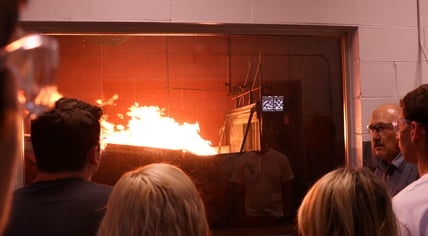
Air Movement
Water Passage
Sound Transmission
Successful Integration of Passive Fire Protection
Firestopping is an essential piece of the new construction and restoration processes, so it is important not to overlook its impact on the comfort and safety of occupants. It is a best practice to consult with a fire protection engineer or fire protection specialist to ensure proper product selection and installation. Review the building, fire, and local codes and a manufacturer’s testing in accordance with ASTM, ISO, UL, National Fire Protection Agency (NFPA), and any other relevant standards. When executed properly, these systems can have strength beyond preventing the passage of fire and smoke. They can also mitigate the spread of conditioned air, moisture, smells and noises, safeguarding a building owner’s investment, a contractor’s reputation and the lives of tenants.
